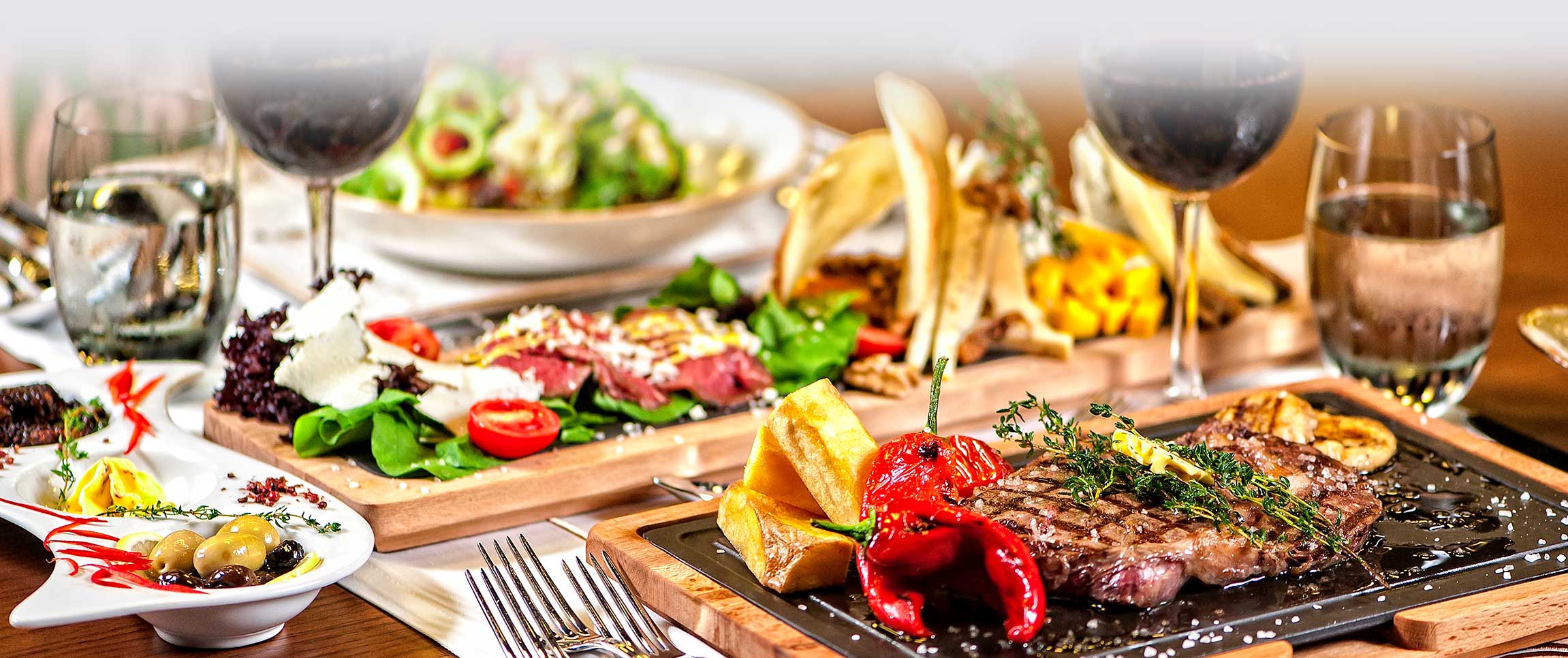The holidays will be over soon, and it’s the perfect time to do a little housecleaning.
Time to clean out the walk-ins or put on a fresh coat of paint. Maybe it’s time to take a look at your menu and give it a good shakedown as well. When you opened, you had a focused menu that told a well-curated culinary tale, but over the years a little drift has set in. Perhaps it was a popular special or seasonal dish that was such a hit you had to make it permanent. Now your clear culinary vision is bogged down in a compendium of competing tastes and influences. So, what to do…
Reduce
Do you remember why you have an Asian salad on the menu? Nothing else on the menu has an Asian influence, and the ingredients are so specific and unique that it affects your food cost and waste calculations. The problems here are myriad: out-of-season ingredients tend to be more expensive and of lower quality, stocking ingredients for an expansive menu is costly and, even with good storage practices, increases waste. Then there’s the daily prep and effect on the line — less is definitely better.
Review
Poll your kitchen crew. What dish bogs them down in the middle of a busy service? Can simple changes be made to make it more efficient, or is it too reliant on ingredients that aren’t part of the normal mise en place? Even if a dish is a reasonably good seller, maybe it’s not a good fit and is having negative consequences on other parts of service.
 Don’t forget to ask your front-of-house people for input. An item might sell well because of the description on the menu, but your servers know what is being eaten and what is being picked at. Diners might be generally happy with their meal, but the next time that mediocre dish might mean the difference between you or the restaurant down the street getting the booking.
Don’t forget to ask your front-of-house people for input. An item might sell well because of the description on the menu, but your servers know what is being eaten and what is being picked at. Diners might be generally happy with their meal, but the next time that mediocre dish might mean the difference between you or the restaurant down the street getting the booking.
Renew
Tastes and trends change. Rethink your sauces to appeal to the trend for less heavy or overpowering tastes, and let your high-quality ingredients shine — try brushing fish with olive oil and flavoring only with salt, pepper, and fresh thyme before roasting, for example. Ingredients that have come under public scrutiny can be a little more problematic, especially in this age of misinformation. Fortunately, we live in a time where origin sourcing is well-documented and available, helping you make informed choices about your ingredients. Performance brands such as Bay Winds®, Braveheart® Beef, and FarmSmart® are sourced using industry-leading, rigorous specifications. Simple menu changes that inform your diners about your commitment to sustainability can allay most public perceptions, while good front-of-house education can completely lay them to rest.
Resolute
As in, be resolute. Any refocusing of your menu is going to get feedback, often in the form of “that was my favorite dish” or vague comments about that being the only reason patrons come. Smile, nod your head, but don’t give in. Adding one new plate at a time was how menu creep started in the first place. Nostalgia diners tend not to be the core of your business. Keep what sells well and what makes sense. The rest is simply a distraction.
A short, well-curated menu is a thing of beauty — something that can appeal to the majority of people coming through your door and bring them back again and again. It also reduces your food costs and helps keep service streamlined and efficient. Seasonal specials should remain seasonal, and while there is nothing wrong with using your special board to field test new ideas and ingredients, don’t forget to drop a less successful dish before making it permanent — lest the menu creep returns.



